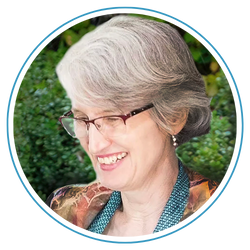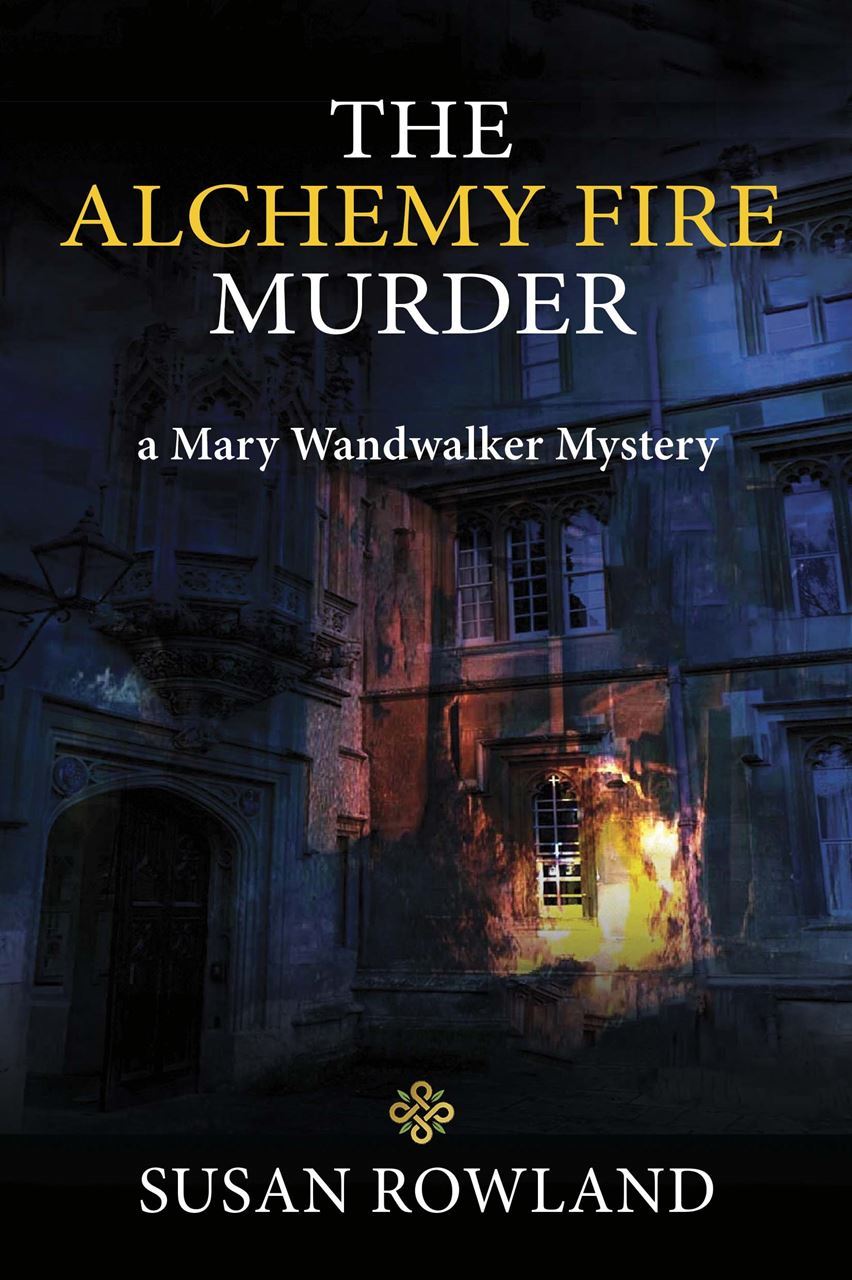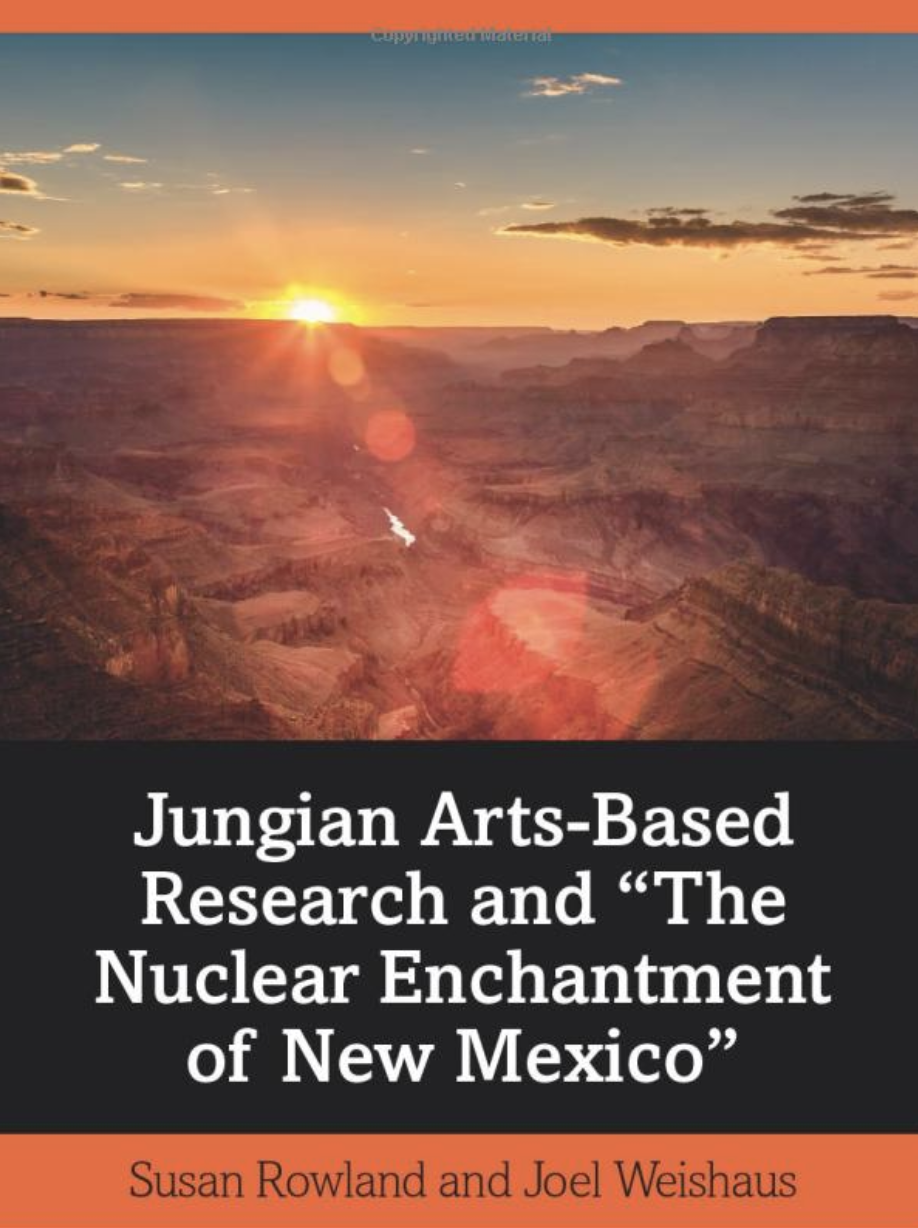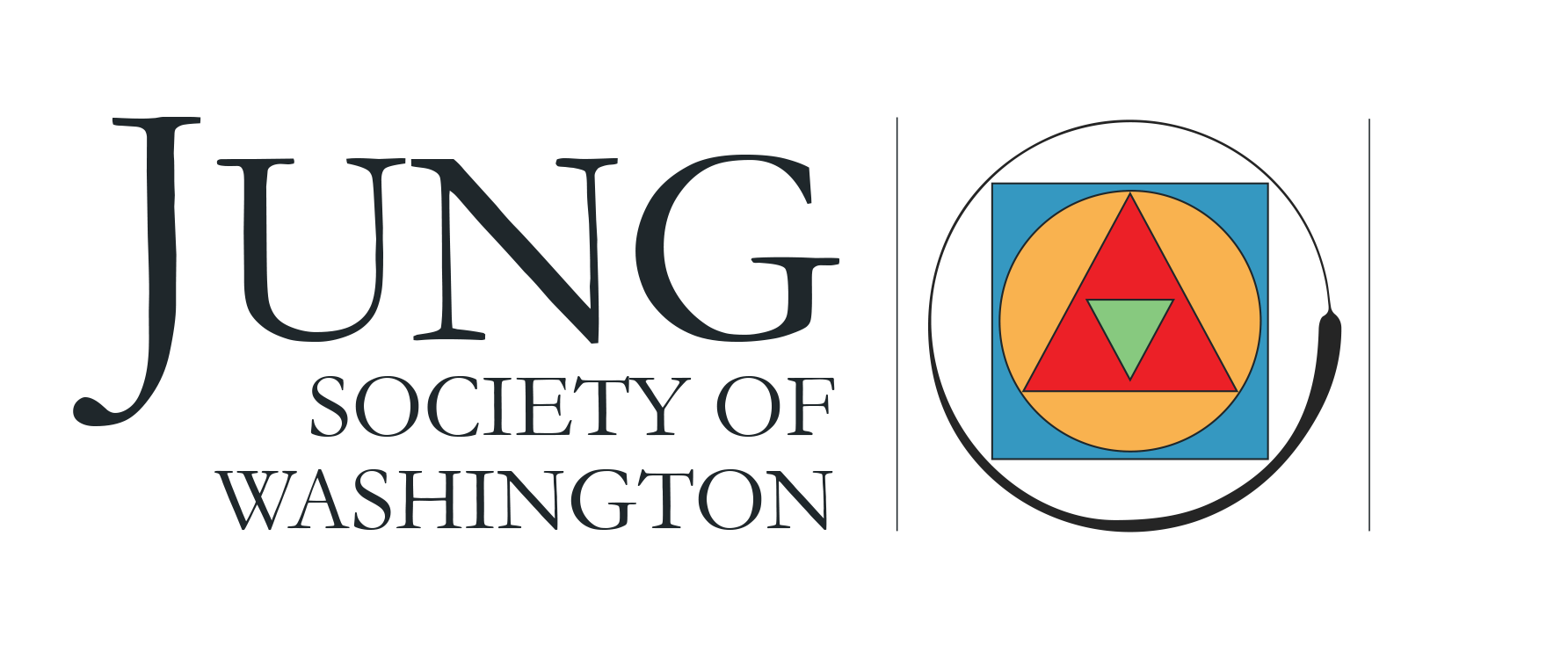Jungian arts-based research (JABR) restores the centrality of creativity to research, is Dionysian in dis-membering and re-membering old forms of knowing and being, and brings art making, knowledge making, and individuation into a transformational temenos for the single artist or a collaborative group.
On the one hand, JABR is new, building on arts-based research devised in the 1990s in academia, to provide an archetypal, synchronistic, and cosmological frame. On the other hand, it brings back ancient lore in providing the language of scholarship for what artists instinctively know. For the arts and the sciences were not always divided. Rather, before the hegemony of the subject/object split perspective on reality, the arts and sciences were mutually sustaining. JABR restores arts and artists to knowers and prophets. In the terms of Jungian clinical work, Jungian arts-based research is doing therapy with the world.
Jungian arts-based research is not art therapy. Though they may employ similar methods, the aims, ethics, and philosophical bases of art therapy and JABR are different. Art therapy is first and foremost therapy; it is bound by rules and ethics of fostering the patient’s well-being and is founded on the basis that creative activity unblocks the injured mind, allowing healing energies to emerge. Art therapy aims for patient benefit; it has no interest in art as art. No aesthetic criteria concern art therapy. By contrast, JABR creates a work of art that can go into the world and join the existing history of its genre, even if that is to radically critique it. Whereas art therapy is rooted in a belief that psyche is primary and artistic practice a revelation of it, JABR uses art itself as an ontology, or basis, for being and knowing.
I offer JABR as a four-stage operation: one, consideration of it as a new research paradigm; two, preparation with psyche, form, and genre; three, process by inviting spontaneity and the unknown; and four, projection and reflection using the completed artwork. This artwork works; it assumes a place in society independent of the artist. JABR art takes on the valence of Jung’s autonomous psychic image and materializes it. Such art travels through centuries, speaks to different cultures, and generates multiple meanings, fixing none.
Step 1: Paradigm
We begin with paradigm, a story a culture tells to generate knowledge and to guarantee it as valid. Western modernity is dominated by the scientific paradigm consisting of repeatable experiments. This paradigm separates the researcher from the research. It posits a model of reality of stable material objects that conform to unchanging abstract principles, such as the laws of nature. The Western scientific paradigm is hegemonic and colonial in its desire to swallow up the other.
By contrast JABR overcomes the subject/object split because the artist is always involved. Yet the artist does not own the meaning of the art. Rather, the art becomes an autonomous entity. It is alive because the energies of its making provoke energies every time it is viewed. In other words, it is an engine making meanings across time and across culture. This is the new paradigm.
JABR is a new paradigm for scholarly knowledge-making because it combines the artist’s access to the collective unconscious with the lasting autonomy of an artwork that works as a vehicle of materialized psyche. It can transform audiences in different cultures and eras. The JABR artwork can even cross continents and engage indigenous cultures, for, like archetypes, what we call “art” exists in every human group. In addition, JABR can be done in any mode of art, including performance, which brings us to the next stage.
Stage 2: Preparation
Before the artist begins, she requires a topic. What can be researched using JABR ranges from something as intimate as the dynamics of one’s psyche, the creative process itself, or conversely some large, external, and collective project, such as the unconsciousness around our possessing weapons of mass destruction.
Importantly, three types of preparation before beginning the art will focus the artmaking as knowledge making. In the first place, there are opportunities provided by formal study of the existing scholarly literature. For Ph.D. students, this means the typical literature review. Yet there is more. The JABR artist should also explore the archetypes embedded in the art form, genre, and practice. Given that art is a vehicle for human expression, it is axiomatic that archetypes, those innate patterning energies for images and meaning, are fostered in creativity. For example, in my JABR with lightly comic mystery novels, I find archetypal intensities in different types of heroism.
The third preparation is a recommendation for bodily immersion. This could involve research via travel, engagement with people and places, rituals, and somatic practices.
Stage 3: Process
Not all artists work with the collective unconscious, although arguably the unknown psyche can never be excluded. JABR invites participation by those energies beyond consciousness. To some, this would be achieved by incorporating Jungian practices, such as active imagination and amplification. Inevitably it calls for openness to, and recognition of, synchronicities. From my own practice, I can testify to characters killed off in my story who bounce back demanding to be heard, together with the unexpected arrival of a mythic figure heralding a pattern I had not seen. JABR process means welcoming spontaneity as a partner in generating meaning.
Stage 4: Projectio
When the artwork tells the artist that it is finished, there is then opportunity to collect, reflect upon, and gather meaning for the world in something like an alchemical projection. One fine scholar of ABR, James Haywood Rolling, Jr. proposes four types of such research as follows: analytic or thinking in materials; synthetic or synthesizing cultural discourses to make new understandings; critical activist or making art that participates in social groups to positive effect; and improvisatory or letting the art practice go where it wants to go (Rolling 2013).
And so…
JABR belongs to the world. My articulation of it merely offers words for what depth-oriented artists do and what has been advocated by pioneers such as Sean McNiff in books such as Art-Based Research (1998). My book, Jungian Arts-Based Research and the Nuclear Enchantment of New Mexico with Joel Weishaus, makes explicit what his does not and emphasizes that “art” does not have mean only visual art. Check out my JABR mystery novels, The Sacred Well Murders and The Alchemy Fire Murder, for examples.

Susan Rowland is an author of books on Jung, the feminine, and the arts. She teaches on the hybrid programs at Pacifica Graduate Institute, California. After her recent theorizing on Jungian Arts-Based Research, she now explores feminine heroism, trauma, and the climate emergency through writing the Mary Wandwalker mystery series. The Sacred Well Murders (2022) is followed by The Alchemy Fire Murder in 2023, linking alchemy, America, and wildfires.
https://chironpublications.com/shop/the-sacred-well-murders/


